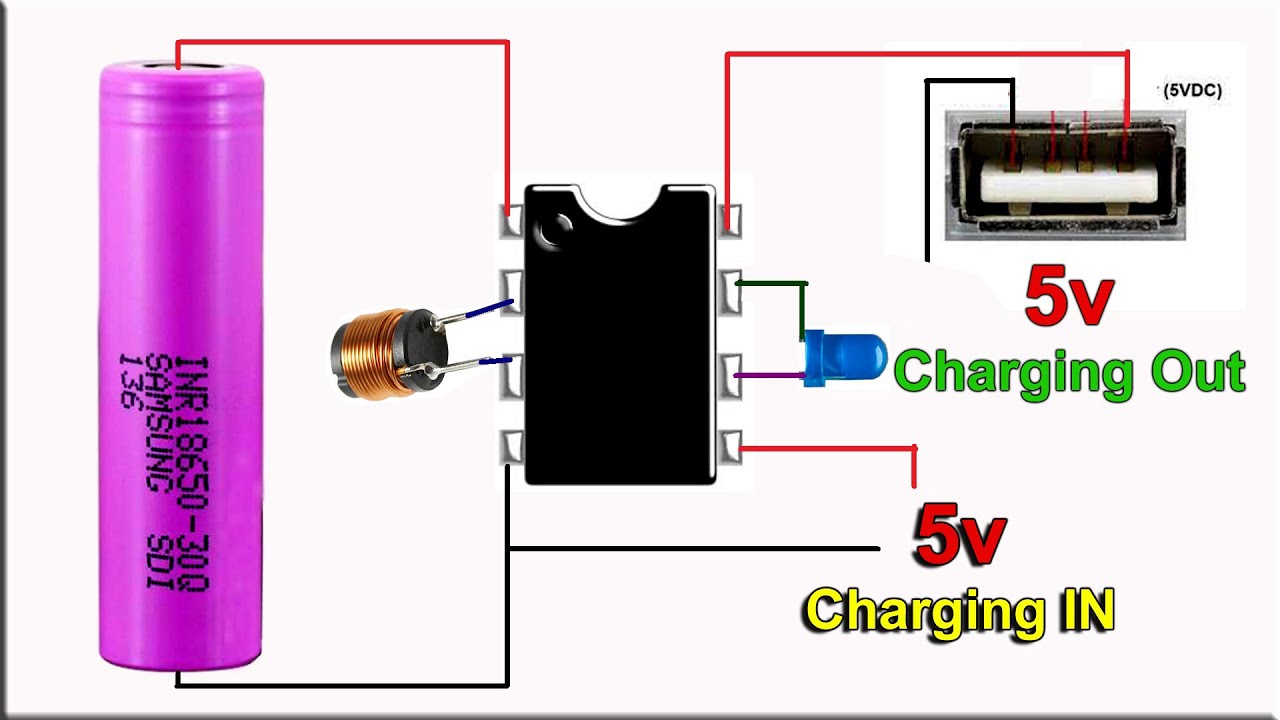
Designing a 5V power bank circuit can be a rewarding project for electronics enthusiasts. Having a portable power bank is essential in today’s world where smartphones, tablets, and other gadgets are an integral part of our daily lives. In this article, we will guide you through the process of creating a 5V power bank circuit that is efficient and reliable.
Understanding the Basics
Before diving into the nitty-gritty details of designing a 5V power bank circuit, it’s important to understand some basic concepts. A power bank essentially consists of a battery cell, a charging circuit, and a voltage regulator. The battery cell stores the energy, the charging circuit replenishes the battery’s charge, and the voltage regulator ensures a stable output voltage of 5V.
Choosing the Right Components
When selecting components for your 5V power bank circuit, it’s crucial to choose high-quality parts that will ensure the longevity and safety of the device. Here are some key components to consider:
- Battery cell: Opt for a lithium-ion battery cell with a capacity that suits your needs. Make sure to choose a reputable brand to ensure safety.
- Charging circuit: Look for a charging circuit that is compatible with your chosen battery cell and can provide the necessary charging current.
- Voltage regulator: Select a voltage regulator that can efficiently convert the battery voltage to a stable 5V output.
- Protection circuit: Include a protection circuit to prevent overcharging, over-discharging, and short circuits.
Designing the Circuit
Now that you have gathered all the necessary components, it’s time to start designing the 5V power bank circuit. Here is a step-by-step guide to help you through the process:
1. Connect the battery cell to the charging circuit according to the manufacturer’s instructions.
2. Connect the output of the charging circuit to the input of the voltage regulator.
3. Connect the output of the voltage regulator to a USB port for easy access to the 5V output.
4. Incorporate the protection circuit between the battery cell and the charging circuit to ensure safe operation.
Testing and Troubleshooting
Once you have assembled the circuit, it’s essential to test it thoroughly to ensure that it functions as intended. Use a multimeter to check the output voltage and current, and make any necessary adjustments. If you encounter any issues, such as overheating or a drop in output voltage, troubleshoot the circuit to identify and fix the problem.
Conclusion
Designing a 5V power bank circuit is a challenging but rewarding endeavor. By understanding the basics, choosing the right components, and following a systematic approach to designing and testing the circuit, you can create a reliable power bank that will keep your devices charged on the go.
Was this helpful?
0 / 0